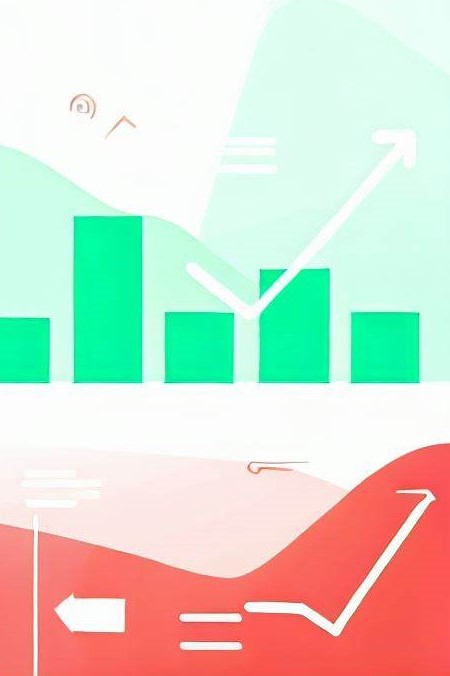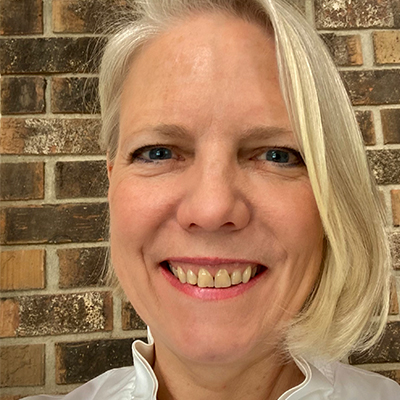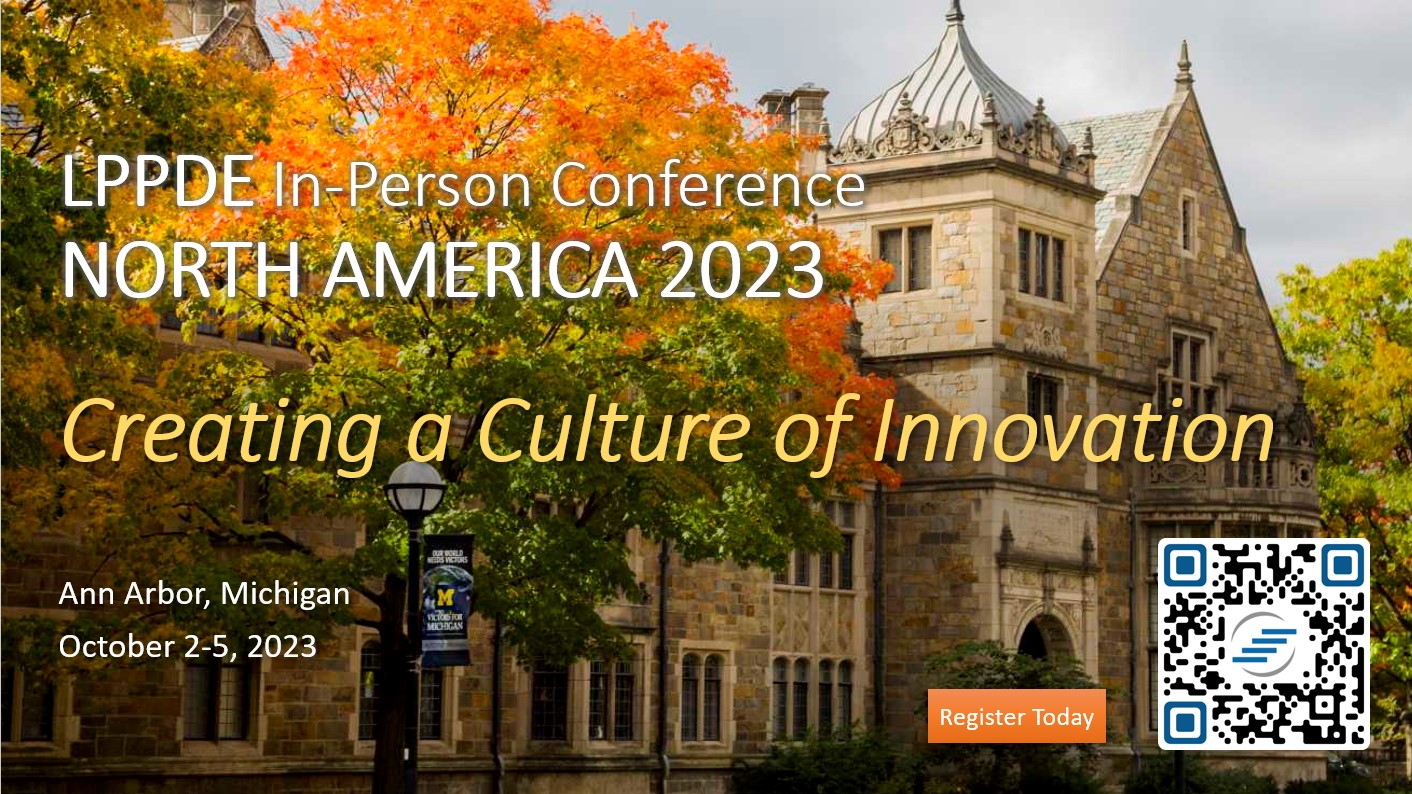For the practitioners of Visual Management (VM), we would like to initiate a dialogue on potential opportunities to what we believe would further VM and reflect with you on the challenges around implementation. This speaks to shifting performance from better program management, problem identification and collaboration to predictable program results, efficient and effective solving of systemic problems, and a strong foundation for increased horizontal and vertical organizational engagement. We are breaking this blog into parts, the first focusing how to further VM and where we believe most VM implementations stop. The following blog(s) will discuss potential barriers and suggestions on how to take VM further. In all cases, we intend to trigger a dialogue with our fellow practitioners on what is realistic and feasible.
In our experience, most LPPD VM implementations end with a similar approach to a production style “kanban” visual system, with simple boards to enable:
- visibility of the work, by anyone at anytime
- efficient and effective program team collaboration and work synchronization
- visibility to program issues (show stoppers), risks (potential show stoppers) and progress against resolving them
- escalation of issues and risks to leaders for quick response to barriers
This results in a better understanding of the program status by everyone involved, from individual contributors to leaders, increased program team collaboration, faster resolution of issues and ultimately better managed and faster program execution.

We believe it’s possible to take VM further and enable a more evolved leadership style which increases the empowerment and engagement of the teams who perform the work, and focuses the leaders on creating better systems, a healthier organization and delivery of results. Enabled by:
- Team Engagement - teams closest to the work, are first to see the issues and risks, understand the deliverables and metrics, and are empowered to make fast, well-informed decisions
- Retrospectives - to visualize systemic issues for leaders and drive effective, long term resolution of the high impact, embedded chronic issues across the organization
- Empowered and Engaged teams are able to efficiently work together to stay aligned on program objectives and navigate program obstacles
- VM which goes beyond the research and development work to include improvement initiatives and visualize the full resource demand for senior executives
This results in a better understanding of program status by everyone involved, from individual contributors to senior executives and across supporting teams, builds full ownership and engagement across all teams – both horizontally and vertically, makes program as well as chronic and systemic problems across the organization visible, drives faster and effective problem solving, enables effective capacity management for the work across the full R&D organization and ultimately generates increased speed, and predictable program results well aligned with business objectives.
...generates increased speed, and predictable program results...
To facilitate taking further VM, it could be broken into 3 levels as explained below, this would allow a gradual evolution of capabilities and maturity to be reached before embarking on the next level.
Level 1 – See Together, Understand Together, Act Together, the fundamentals, and what most of us recognize. Here, VM may require development of layers of connected VM boards, which enable program team collaboration, synchronization of the work, all program management and communication at the boards, and engagement of leaders to respond to escalations and provide quick response to barriers. Adoption of fundamental lean thinking, discipline, and accountability are needed both across and vertically through the organization.
Level 2 – Explore Empowerment Together, Improve Together, Here, VM evolves with an initial exploration of more team empowerment, through dialogue and definition of team and leadership roles and responsibilities. Leaders gradually transition from monitoring and controlling to supporting teams, resource planning, and mentoring. Leaders also begin utilizing VM to identify and resolve chronic/systemic issues, improving the team efficiency and effectiveness. Increased focus on continuous improvement, problem solving mindsets, and increased leadership maturity are needed.
Level 3 – Fully Empowered Teams, Decisions made closest to the source, Here VM evolves leadership to fully transition to empowering the team, by releasing decisions to the lowest level. Leaders take on the process/system barriers and overall organizational optimization, as well as increased focus on coaching and building talent, ultimately driving a highly efficient and effective organization, with fully engaged and capable teams. Sophisticated and fully mature leadership, an overall vision where VM is a foundation, well executed boards, a VM culture, and effective change management practices are needed.
Ultimately VM, should be utilized to align the entire organization on the work status, issues, and resource needs, demonstrating VM truly has the potential to go well beyond Level 1.
What do you think, are these suggestions even feasible? Should visual management go this far? Consider what potential you’ve seen and the associated challenges? In our next blog we will continue the discussion and talk about some ideas for what we believe the challenges and requirements are for driving VM implementation further. We are also considering a session on this at the LPPDE Conference in Ann Arbor, hopefully you can join us in the conversation!
Questions;
Do you agree with how these methodologies are characterized?
What methodology does your organization of visual communitcation?
Join the conversation at our LinkIn group!
The LPPDE conference October 3-5, 2023 in Ann Arbor will be exploring these ideas as well as many more and provide a forum for participants to share, learn, and collaborate with other like-minded development leaders.
Don't miss this fantastic opportunity to learn from and share with others at the LPPDE Conference in Ann Arbor, Michigan October 2-5, 2023 (Registration Link)

Carolyn Carter
Consultant at Argo Efeso Consulting Group
Carolyn Carter has a long career at the Kimberly-Clark Corporation and has extensive experience in Research Product Development with additional focus on Lean and LPPD in Development, and Engineering, Operations and Quality in Manufacturing.
Carolyn’s experience include:
- Leader of Lean Product and Process Development launch across multiple Business Units
- Product Development Leader for commercialization of large Personal Care Program
- Leadership and development of Process Optimization Program Product Supply for North America and European Personal Care
- Lean Strategic and A3 Problem Solving applications as Quality Manager in Personal Care Manufacturing
- Quality Manager in multiple regulated and non-regulated Personal Care Manufacturing Plants
- Mechanical Engineer and Project Leader in High Speed Personal Care Manufacturing Environment




